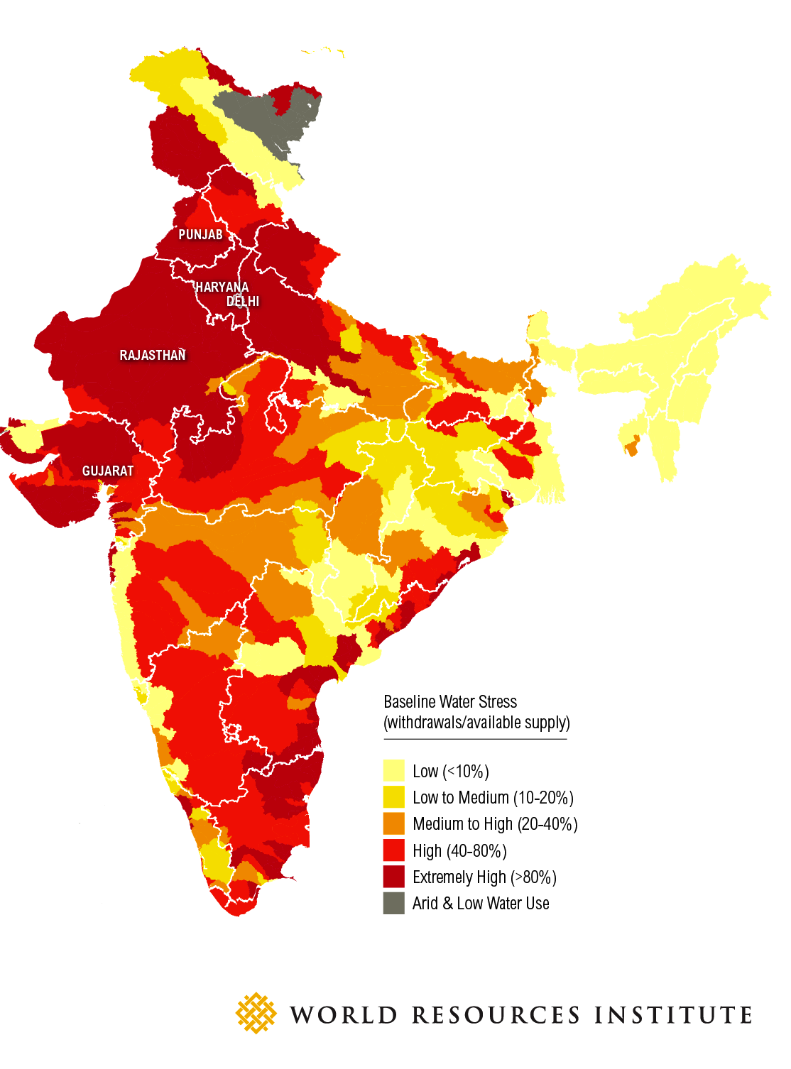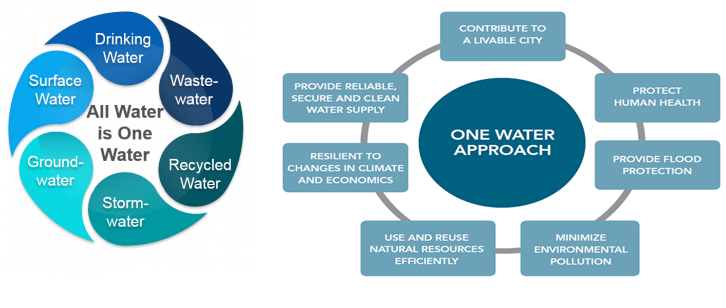REASONS BEHIND BENGALURU'S WATER CRISIS: - ??Urbanization and Environmental Degradation: Bengaluru's rapid development and burgeoning population have placed immense pressure on the city's water resources. This growth has not only increased the demand for water but also led to significant environmental degradation, including the loss of water bodies and green cover, exacerbating the scarcity????.For instance, in the last four decades, Bengaluru has lost 79% of its water bodies and 88% of its green cover, which has detrimental effects on the city's water availability??.
- Overdependence on Distant Water Sources: The city's primary water source is the Cauvery River, located over 100 kilometers away. Despite receiving around 1,450 million litres per day (MLD) from the Cauvery, Bengaluru faces a shortfall of 1,680 MLD. This situation is worsened by inter-state water disputes and the challenges of distributing water across a rapidly expanding urban area??.
- Drying up of Bore wells and Groundwater Depletion: Over-exploitation of groundwater through bore wells in Bengaluru has significantly depleted groundwater levels. Private tankers extracting groundwater relentlessly are a major cause of this depletion.
- Climate Change and Erratic Rainfall: Changing weather patterns, including erratic rainfall and prolonged droughts, have reduced the availability of water in Bengaluru's reservoirs and natural water bodies. The Indian Meteorological Department attributes some of the region's poor rainfall to the El Niño phenomenon.Bengaluru has experienced insufficient rainfall over the past few monsoons, severely impacting the Cauvery River—its main water source.
- Pollution of Water Bodies: Industrial effluents, untreated sewage, and waste dumping have heavily polluted Bengaluru's water sources. For instance, a study by the Environmental Management and Policy Research Institute (EMPRI) indicates that around 85% of the city's water bodies are contaminated.
- Inadequate Infrastructure: Bengaluru's water supply and sewage systems have not kept pace with its explosive growth. This has hindered efficient water distribution, with the completion of Phase-5 of the Cauvery project, expected to benefit 12 lakh people, still pending as of May 2024.
- Mismanagement and Inequitable Distribution: The city's water management is plagued by inefficiencies, including wastage, leakage, and unequal distribution. Old and leaking pipelines contribute to significant water loss, and the "tanker mafia" exacerbates the problem by controlling the supply and price of water, particularly in areas not served by the municipal supply????.
To tackle Bengaluru's water scarcity, integrated efforts in infrastructure, groundwater management, pollution control, and sustainable practices are vital. Cooperation among government, communities, and the private sector is essential to secure long-term water availability for all. For instance, Bengaluru was once known as the city of 1,000 lakes. These lakes helped manage the city’s water needs to a great extent. These lakes need to be redeveloped to ensure water security. |

